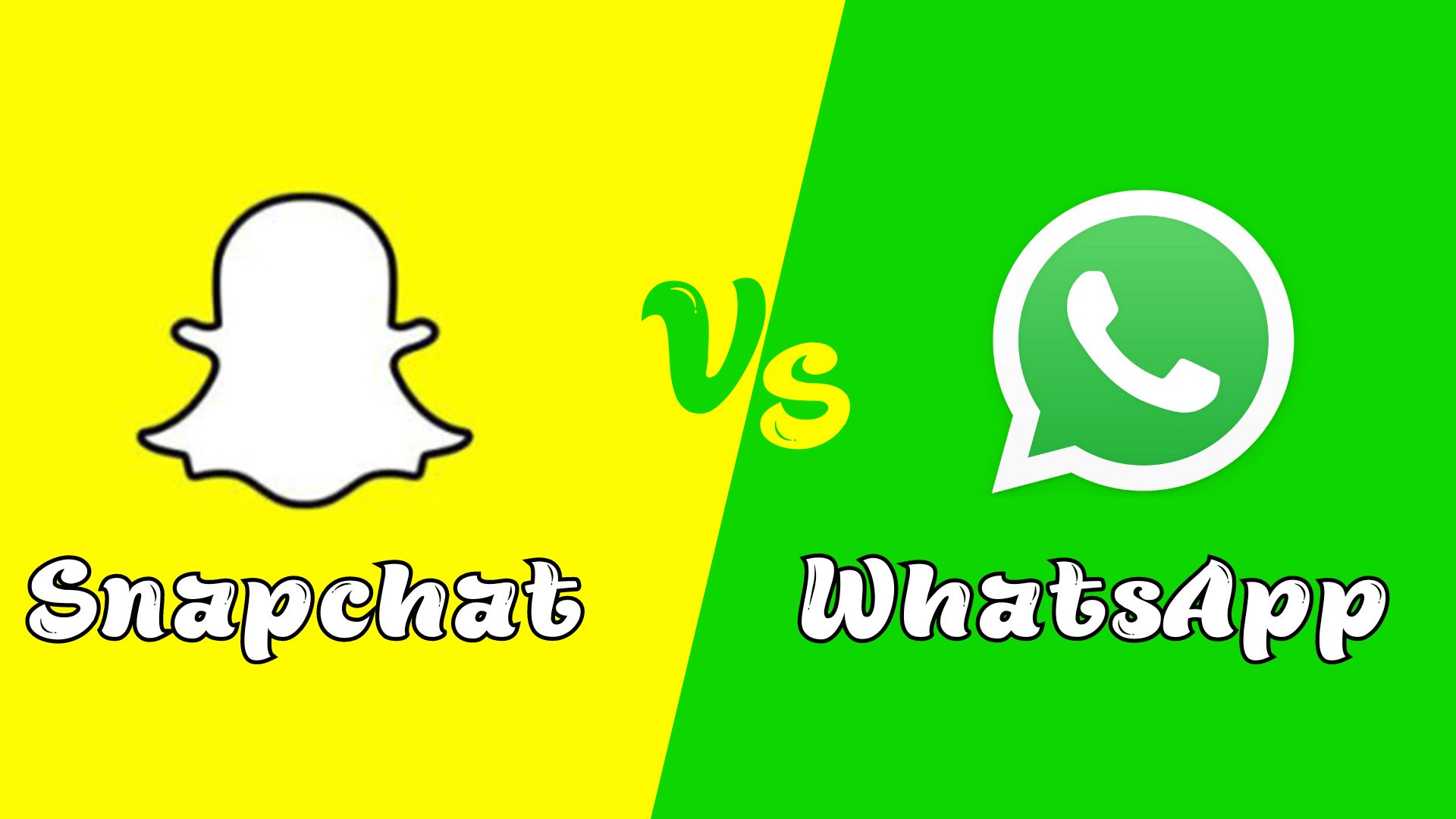In today’s digital age, messaging apps have become an integral part of our daily lives, connecting us with friends, family, and colleagues across the globe. Among the plethora of messaging platforms available, Snapchat vs WhatsApp stand out as two of the most popular choices. Both offer unique features and functionalities, but which one is the right fit for you? In this article, we’ll delve into the differences between Snapchat and WhatsApp to help you make an informed decision.
1. User Interface and Experience
Snapchat is renowned for its user-friendly interface and intuitive design, which revolves around the concept of disappearing messages and ephemeral content. Its emphasis on visual communication through photos, videos, and filters appeals to a younger demographic seeking quick and casual interactions. On the other hand, WhatsApp boasts a more traditional interface with a focus on text-based messaging. Its simplicity and familiarity make it accessible to users of all ages, especially those who prioritize efficient communication without fancy bells and whistles.
2. Messaging Features
When it comes to messaging features, both Snapchat and WhatsApp offer a range of functionalities to enhance communication. Snapchat is known for its unique features such as Stories, Snap Map, and Bitmoji integration, which add a playful and interactive dimension to conversations. Additionally, Snapchat’s self-destructing messages provide a sense of privacy and spontaneity, making conversations feel more ephemeral and casual. In contrast, WhatsApp’s feature set includes end-to-end encryption, voice and video calling, group chats, and WhatsApp Web, catering to users who value security and convenience in their messaging experience.
3. Privacy and Security
Privacy concerns have become increasingly prominent in the realm of messaging apps, prompting users to scrutinize the security features offered by different platforms. Snapchat’s ephemeral nature may give users a sense of privacy, as messages disappear after they are viewed, reducing the risk of them being stored or shared without consent. However, Snapchat has faced criticism in the past over data privacy issues, particularly regarding its handling of user data and third-party integrations. In comparison, WhatsApp prides itself on its end-to-end encryption, ensuring that messages, calls, and media shared on the platform are securely transmitted and accessible only to the intended recipients. This commitment to privacy has earned WhatsApp the trust of millions of users worldwide, especially in regions where data privacy is a significant concern.
4. Social Networking vs. Messaging Platform
One of the key distinctions Snapchat vs WhatsApp lies in their core functionalities. While both are primarily messaging apps, Snapchat positions itself as a social networking platform that revolves around sharing moments and connecting with friends through multimedia content. Its emphasis on self-expression and creativity sets it apart from traditional messaging apps like WhatsApp, which prioritize efficient communication through text-based exchanges. However, WhatsApp’s recent introduction of Status, a feature similar to Snapchat Stories, suggests a convergence of social networking and messaging functionalities within the platform, blurring the lines between the two.
5. Audience and Demographics
Understanding the demographics of Snapchat and WhatsApp users can help determine which platform aligns best with your communication preferences. Snapchat has traditionally been favored by younger audiences, particularly teenagers and young adults, who are drawn to its dynamic features and emphasis on visual storytelling. In contrast, WhatsApp boasts a more diverse user base spanning different age groups and demographics, with a strong presence in regions such as Asia, Europe, and Latin America. This diverse user base makes WhatsApp a versatile platform for connecting with friends, family, and colleagues across various cultural contexts.
6. Integration and Ecosystem
In today’s interconnected digital landscape, the ability to seamlessly integrate with other platforms and services can greatly enhance the user experience. Snapchat offers limited integration options compared to WhatsApp, which benefits from its integration with Facebook and other services within the Meta ecosystem. This integration allows users to easily share content from WhatsApp to other Meta-owned platforms, such as Instagram and Facebook, enhancing cross-platform connectivity and engagement. However, Snapchat’s focus on maintaining its distinct identity and user experience may appeal to those who prefer a more standalone messaging platform without extensive external integrations.
See Also – Facebook vs. Snapchat
Conclusion
In the ongoing debate Snapchat vs WhatsApp, there is no one-size-fits-all answer. Each platform offers its own set of features, functionalities, and user experiences tailored to different preferences and demographics. Whether you prioritize visual communication, security, social networking, or seamless integration, understanding the strengths and weaknesses of each platform is essential in choosing the right one for your messaging needs. Ultimately, whether you opt for the ephemeral charm of Snapchat or the secure simplicity of WhatsApp, the choice is yours to make based on what matters most to you in your digital interactions.

